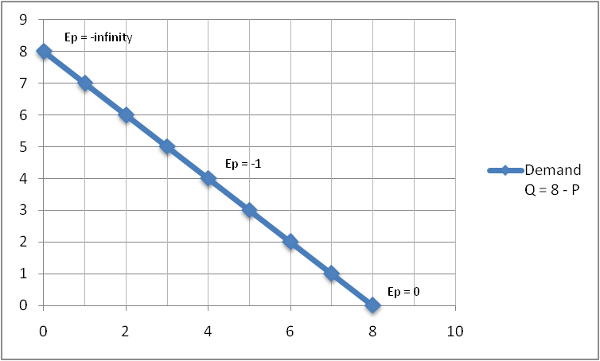Neutrality of Money
Neutrality of money is the idea that a change in the stock of money affects only nominal variables in the economy such as prices, wages, and exchange rates, with no effect on real (inflation-adjusted) variables, like employment, real GDP, and real consumption.
Neutrality of money is an important idea in classical economics and is related to the classical dichotomy. It implies that the central bank does not affect the real economy (e.g., the number of jobs, the size of real GDP, the amount of real investment) by printing money. Instead, any increase in the supply of money would be offset by a proportional rise in prices and wages. This assumption underlies some mainstream macroeconomic models (e.g., real business cycle models) while others like monetarism view money as being neutral in the long-run.
Super-neutrality of money is a stronger property than neutrality of money. Typically super neutrality is addressed in the context of long-run models.
Keynes rejected neutrality of money both in the short term and in the long term
anticipate, expected, speed of Adjustment
bounded rationality approach
